Barnacles are small crustaceans that attach themselves very firmly to marine objects such as rocks, boats, and other animals (e.g. crabs, whales, turtles). There are about 1,220 species of barnacles. The most common type is known as an “acorn barnacle,” which has no stalk; however, some other shelled barnacles attach themselves with a stalk.
Besides the shelled barnacles, there are also naked barnacles, which live as parasites on, or in, other invertebrate animals. There are also tiny boring barnacles, which have no shell, but live inside holes that they drill into corals and shells. Read on to learn about the barnacle.
Description of the Barnacle
Shelled barnacles secrete 4 – 8 plates of calcite to protect their soft bodies. In the cone-shaped acorn barnacles there is an opening at the top, called an “operculum,” which can be closed by a “door” of 2 or 4 further plates. Gooseneck barnacles have heart-shaped shells, and long protruding stalks with which they attach themselves. Parasitic barnacles are highly specialized for their life-style. As adults, they have no appendages, and very few internal organs.
Interesting Facts About the Barnacle
Barnacles have evolved into several specialist lifestyles and ecosystems. There are a wide variety of species, and therefore many interesting facts about barnacles.
- Taxonomic Relationship – Being arthropods, barnacles are related to insects; but their closest relatives are other crustaceans, such as crabs, shrimps, and lobsters.
- Feeding – Barnacles feed using 6 pairs of feather-like feet called “cirri.”
- Breathing – The cirri are used, not only for feeding, but also for breathing.
- Fouling Ships – It has been estimated by the U.S. Navy that barnacle growth on some ships increases drag by as much as 60%, and hugely increases fuel consumption.
Habitat of the Barnacle
All barnacles are marine, meaning they live in the water. Most inhabit shallow or tidal waters, with 75% of barnacle species living at water depths of less than 300 ft (100 m). However, they have been found at great depths of 2,000 ft (600 m).
Distribution of the Barnacle
Barnacles are found worldwide.
Diet of the Barnacle
Most barnacles are filter feeders – sometimes known as “suspension feeders.” They feed on plankton and detritus (dead organic material), which they either sweep from the water into their mouths, using their fan-like feet, or they rely on the movement of the tide to bring the food to them.
Barnacle and Human Interaction
Some species of barnacles, including goose barnacles, are eaten by humans, and are considered a delicacy in such countries as Portugal and Spain. Barnacles are a considerable and expensive nuisance to the shipping industry, as they attach themselves to the hulls of ships, and must be removed to ensure efficient movement of the vessel through the water.
Domestication
Barnacles have not been domesticated.
Does the Animal Make a Good Pet
Barnacles are sometimes kept as pets, usually as ornamentations in marine fish aquariums.
Barnacle Care
Despite being a relatively simple animal, barnacles are surprisingly difficult to keep as pets. They require a carefully regulated flow of water, and large amounts of the correct types of nutrients for them to filter for food. They may also be preyed upon by other animals in the aquarium. Most barnacles die within a few months when kept as pets.
Behavior of the Barnacle
The behavior of some barnacles (usually called “inter-tidal”) is governed by the tides of the oceans. When the tide comes in and covers the barnacles, they open the plates that form the doors of their cones. They then repeatedly extend and retract their cirri to drag food into their mouths, which are located deeper within the shell. When the tide goes out, the barnacles shut the operculum to conserve moisture. During winter, many barnacles do not feed, but rely on their energy reserves.
Reproduction of the Barnacle
Although almost all other crustaceans have different sexes, barnacles are hermaphrodites, which means they have both male and female reproductive organs. However, they must mate with another barnacle to have offspring in a process called “cross-fertilization.” Because barnacles are stationary, they mate with neighbors by having a long, extendable penis.
Newborn barnacles emerge as one-eyed larvae. They feed on plankton, and grow through a series of molts into larvae that look like shrimp. After some time, these larvae settle to the bottom, or another suitable surface, and then begin searching for the best site to grow into an adult. They choose places near other barnacles so they can reproduce later in life.
After they have selected a site, some species start growing their shells into the surface, whereas other species attach themselves head-first to the surface with an extremely strong glue and a stalk called a “peduncle.” Most barnacle species become “sessile,” meaning they are immobile, and will not move from this place for the rest of their lives. It takes approximately six months for the larvae to develop into adults, and two years to become sexually mature.
Beliefs, Superstitions, and Phobias About the Barnacle
The shell of the gooseneck barnacle is chalky-white with black lines. This led to a curious belief many years ago. The shells’ markings were considered to resemble the head of the barnacle goose. Few people have seen the nests or eggs of the barnacle goose. It was believed on the basis of this that barnacle geese ‘grew up on the planks of ships’ and the barnacle geese emerged fully feathered.

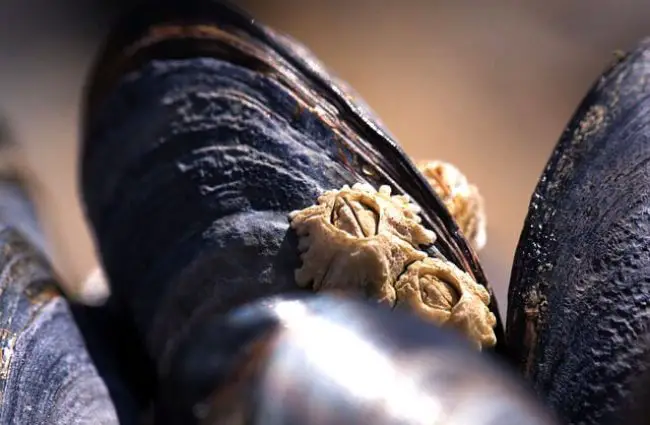
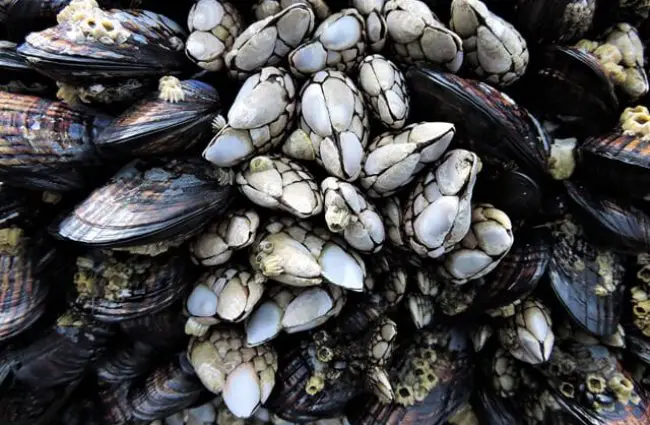



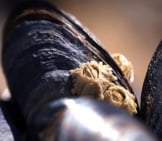
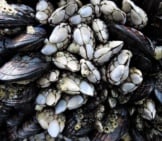
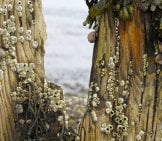

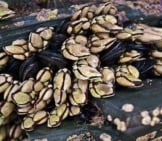
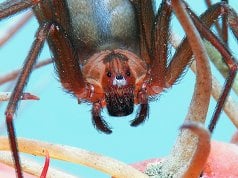
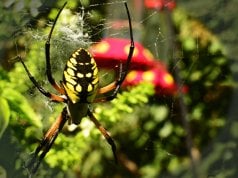











![Red Angus Closeup of a beautiful Red Angus cowPhoto by: U.S. Department of Agriculture [pubic domain]https://creativecommons.org/licenses/by/2.0/](https://animals.net/wp-content/uploads/2020/03/Red-Angus-4-100x75.jpg)

